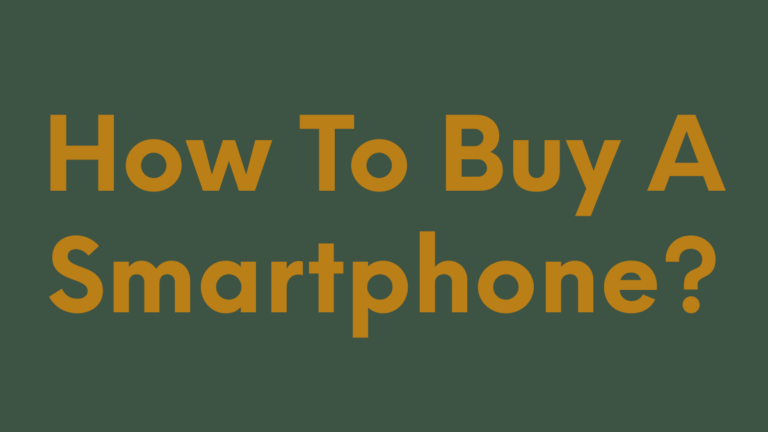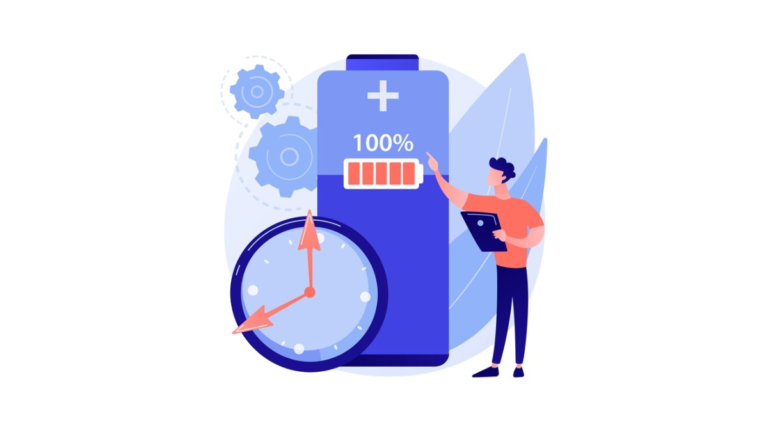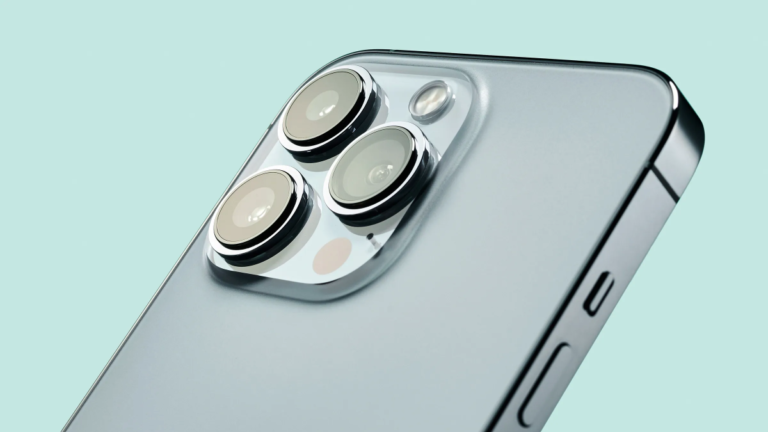Telephoto lens in your smartphone camera – what exactly are they? Are they any useful in your daily photography adventures? How much zoom is there in a telephoto lens -2x, 3x, 5x, 10x, 100x? And is it even worth it to make you consider when buying a new smartphone?
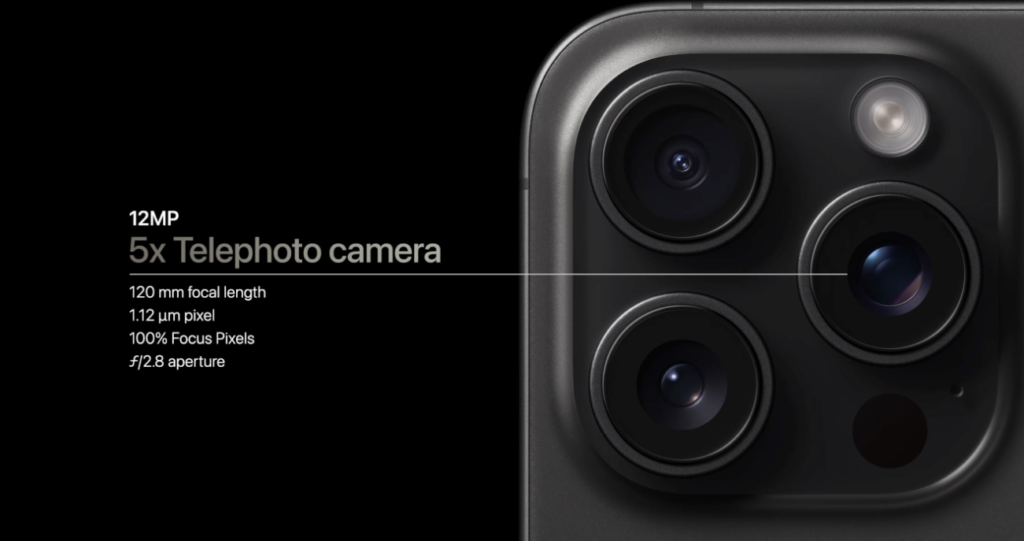
Smartphone cameras have come a long way in recent years. With multiple lenses and advanced software, they can now compete with standard point-and-shoot cameras. One feature that has become common in premium smartphones is a telephoto lens.
And in this blog, we’ll look into each and every aspect of telephoto lenses in our smartphone cameras.
What is a Telephoto Lens in Your Smartphone Camera?
A telephoto lens in a smartphone camera refers to a secondary rear camera that has a longer focal length compared to the main wide-angle camera.
Focal length relates to the distance between the lens and the camera sensor.
Longer focal length means the light needs to travel further within the lens system before it converges (or reflects) on the sensor and comes into focus.
The longer focal length of a telephoto lens results in a narrower field of view and angle. This makes distant objects appear closer or larger when you view the image.
Most dual and triple camera smartphones like the iPhone 15 Pro and Samsung S24 Ultra have a dedicated telephoto lens, paired with the regular main wide-angle camera. These smartphones use specialized telephoto lens, called periscope lens.
These specialized telephoto lenses equip these cameras with the ability to have 5x zoom.

Switching to the telephoto lens gives you a zoomed-in view which is great for capturing finer details of far-away scenes.
How does a Telephoto Lens work in Your Smartphone Camera?
Telephoto lens in smartphone cameras works by magnifying far subjects optically using its nature of having a longer focal length.

Light entering the telephoto lens needs to refract over a longer path and distance within the lens system before converging and focusing on the smartphone’s camera sensor.
This optical property effectively causes distant subjects and scenes to look larger or closer in the images.
So, when you pinch-zoom into a scene or press the dedicated zoom button in your iPhone or Android phone’s camera app, it will automatically switch to the telephoto lens to give you that narrower, zoomed-in angle of view making subjects appear bigger.
The telephoto lens does this optical zooming without any digital enhancement or manipulation of the image, thereby maintaining clarity and sharpness.
The optical magnification is what sets a smartphone’s telephoto lens apart from digital zoom which simply enlarges the image from the main camera, resulting in lower quality, blurry zoomed shots with less detail.
How to use the Telephoto Lens on your Smartphone?
To use the telephoto lens on your smartphone, open the camera app and look for the zoom button which may have a 2x or 3x label. Tapping this zoom button activates the telephoto lens so you can optically zoom into distant subjects.
What is the Focal Length of the Telephoto Lens in Your Smartphone Camera?
The focal length of a smartphone’s telephoto lens is typically around 50mm to 80mm which is 2 to 3 times longer than the regular wide-angle camera. For example, the iPhone 15 Pro has a 12MP 3x Telephoto Lens of 77 mm. The exact telephoto focal length varies across smartphone models and brands.
How Far Can a Telephoto Lens See?
The telephoto lens on most dual-lens smartphone cameras allows you to see quite far – enabling detailed shots of subjects 100-200 feet away.
For example, you can capture the nuanced facial expressions of a musician performing on a stage from the back of a 150-foot concert hall. Or spot a hawk sitting on a tall tree 200 feet across a field. Even fast-moving objects can be seen clearly from a distance – like your child scoring a goal on a soccer field from the sidelines 100 feet away.
Of course the clarity of the things you see will differ as you move up the zoom level.
What is a Telephoto Lens Used For?
The telephoto lens on high-end dual or triple lens smartphone cameras is exceptionally useful. It allows users to capture noticeably closer shots of distant scenes without compromising image quality.
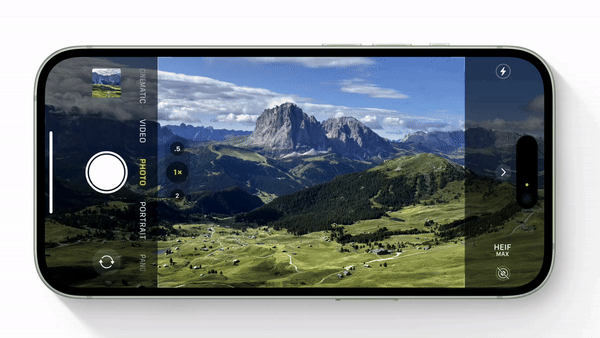
For example, the telephoto lens enables capturing much finer details of mountain peaks, scenery, wild animals, birds, performers at a concert, or even your children playing sports. It provides clearer and more detailed images compared to other lenses.
The optical magnification possible via the telephoto lens allows you to zoom in optically. This reveals clearer and sharper details not visible to the naked eye or perceivable via the standard main camera.
So wildlife photographers, bird watchers, sports parents can benefit from the telephoto even on a smartphone when their subject is too tiny or far away. It brings distant action right into your frame.
These are the kind of things a telephoto lens is used for. The secondary camera enhances creative photography by providing optical zoom capability. This feature expands the possibilities beyond what smartphone cameras with fixed wide-angle lenses can offer.
Difference between Telephoto Lens and Zoom Lens
The terms “zoom lens” and “telephoto lens” are often used interchangeably, but they refer to different aspects of the camera’s capabilities.
A telephoto lens in a smartphone typically refers to a lens with a longer focal length, allowing for optical magnification and the ability to bring distant subjects closer. It’s a lens designed for capturing subjects at a distance, such as in sports or wildlife photography.
A zoom lens in a smartphone usually refers to a lens or a camera system that offers the capability to zoom in and out. This involves adjusting the focal length to capture scenes at different magnifications.
In many cases, smartphone zoom is achieved through a combination of multiple lenses (wide-angle lens, a standard lens, and a telephoto lens) with different focal lengths and digital processing. When you zoom in, the device switches between these lenses, effectively changing the focal length and providing the appearance of optical zoom.
But it’s essential to note that this method does not involve the continuous, smooth adjustment of a lens like in traditional zoom lenses but rather switches between fixed lenses.
The key differences between a telephoto lens and a zoom lens are:
Zoom Lens:
- Variable focal length (depends on the brand)
- Field of view changes from wide angle to narrow angle
- Allows optical zooming without moving physically
Telephoto Lens:
- Long fixed focal length (at least 70mm)
- Narrow field of view
- No optical zoom
- Specialized for distant subjects
Benefits of a Telephoto Lens in Your Smartphone Camera
There are several benefits of having a dedicated telephoto lens on your smartphone camera:
- Better optical zoom: A telephoto lens provides up to 2-3x native optical zoom compared to digital zoom using a standard lens. This results in better image quality.
- Enhanced background blur: The longer focal length of a telephoto lens allows it to blur the background better for dramatic bokeh effects. This brings a professional look to your portraits.
- Better low light photos: Telephoto lenses in smartphones typically have a wider aperture that allows more light capture compared to a standard lens. So, your low light images will have less noise and blur.
- Better magnification: You can capture finer details of far away subjects like birds, animals, buildings etc using up to 3x lossless zoom.
Disadvantages of a Telephoto Lens in Your Smartphone Camera
The disadvantages of a telephoto lens in a smartphone camera are:
- Fixed focal length: Unlike zoom lenses, telephoto lenses have a fixed focal length so you must physically move closer or farther from your subject to reframe your shot.
- Narrow field of view: The magnification comes at the cost of a narrow field of view so it’s not ideal for wide landscape photos or capturing a larger scene.
- Requires optimal light: A telephoto lens may produce soft images lacking detail if lighting conditions are poor.
Best Smartphones with 5x Telephoto Lens
There are not a lot of phones with 5x telephoto lens in them. The ones I have listed below have 5x zoom in them:
1. Apple iPhone 15 Pro Max
The iPhone 15 Pro Max has a 12MP 5x Telephoto with a 120 mm, ƒ/2.8 aperture.
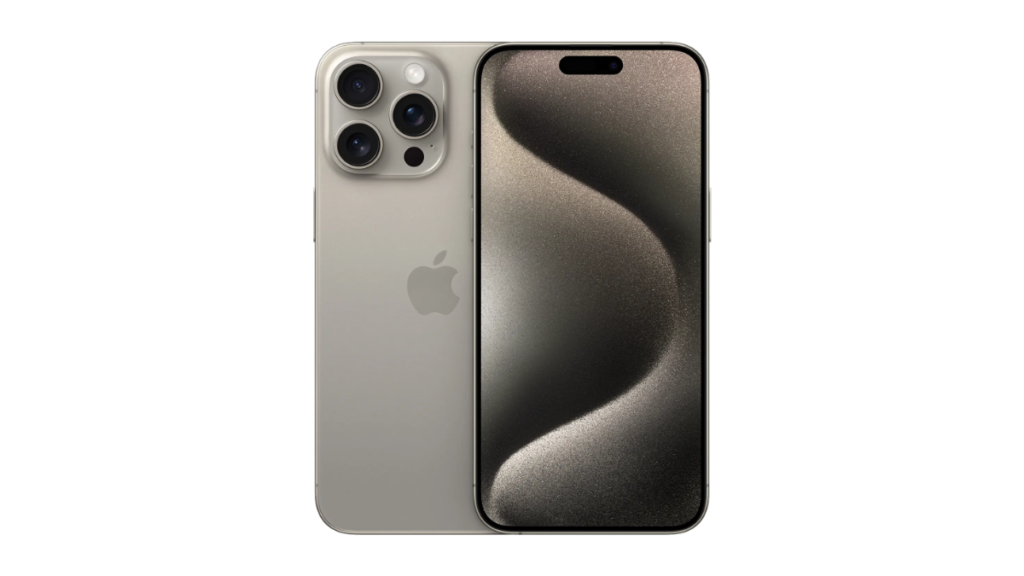
2. Samsung Galaxy S24 Ultra
Samsung Galaxy S24 Ultra has a 50 MP camera with f/3.4, 111mm (periscope telephoto) lens. And it sports 5x optical zoom with that.

3. Pixel 8 Pro
Pixel 8 Pro has a 48 MP, f/2.8, 113mm telephoto lens. With that lens it is able to achieve 5x optical zoom.

4. Sony Xperia 1 V
Sony Xperia 1 V has a 12 MP, f/2.3, 85mm to f/2.8, 125mm telephoto lens. Because of its variable zoom it is able to achieve 3.5x-5.2x continuous optical zoom.

Is Telephoto Lens Necessary for Your Smartphone?
Whether you should choose a smartphone with a telephoto lens depends on your specific needs:
1. For Professionals
If you mostly capture landscapes or groups and prefer a wide field of view, you may not need a telephoto lens. But if you like to zoom in on specific things when capturing people, animals, buildings, or nature scenes from a distance, it can definitely be useful.
The 2-3x zoom allows tighter compositions and perspectives simply not possible otherwise unless you crop aggressively and lose detail.
2. For The Average Consumers
For most average smartphone users, the standard lens captures a wide range of scenes and subjects quite well. But photography enthusiasts who want to capture finer details will appreciate the telephoto capability.
Ultimately, take some sample shots with telephoto phones at a store. If you like the results and think you’ll use the zoom a lot, it’s worthwhile, else you can likely skip it to save money.
Conclusion
To sum up, a telephoto lens in a smartphone brings flexibility by giving you a wider range of focal lengths to play with using the same device. In the right scenarios, it can help capture professional looking portraits, detailed zoomed-in compositions, dramatic product shots and more.
But it also has some limitations like a fixed focal length and narrow field of view.
Overall, it fills an important gap between standard and wide-angle lenses, giving you the best of both—tight framing from afar and expanded creative options.





